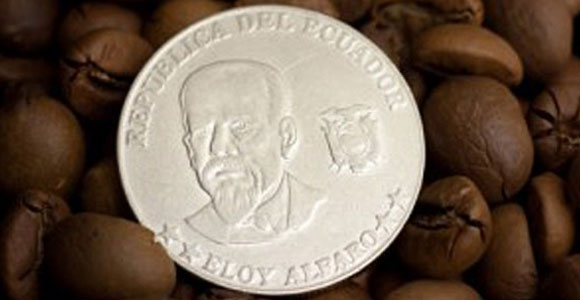Ecuador is substantially dependent on its petroleum resources, which have accounted for more than half of the country’s export earnings and one-fourth of public sector revenues in recent years.
In 1999/2000, Ecuador suffered a severe economic crisis, with GDP contracting by more than 6%. Poverty increased significantly, the banking system collapsed, and Ecuador defaulted on its external debt later that year.
In March 2000, the Congress approved a series of structural reforms that also provided for the adoption of the U.S. dollar as legal tender. Dollarization stabilized the economy, and positive growth returned in the years that followed, helped by high oil prices, remittances, and increased non-traditional exports.
From 2002 to 2006 the economy grew 5.5%, the highest five-year average in 25 years. After moderate growth in 2007, the economy reached a growth rate of 7.2% in 2008, in large part due to high global petroleum prices. President Rafael Correa, who took office in January 2007, defaulted on Ecuador’s sovereign debt in December 2008, refusing to make payment on $3.2 billion in international bonds, representing over 80% of Ecuador’s private external debt.
Economic policies under the Correa administration—including an announcement in late 2009 terminating 13 bilateral investment treaties—have generated economic uncertainty and discouraged private investment. The Ecuadorian economy slowed to 0.4% growth in 2009 due to the global financial crisis, and the sharp decline in world oil prices and remittance flows, but picked up to a 2.4% growth rate in 2010.
Labor force: 7.336 million (2015 est.)
Labor force by occupation:
- Agriculture: 27.8%
- Industry: 17.8%
- Services: 54.4% (2012 est.)
Exports: $18.36 billion (2015 est.)
Export commodities: Petroleum, bananas, cut flowers, shrimp, cacao, coffee, hemp, wood, and fish.
Imports: $20.93 billion (2015 est.)
Import commodities: Industrial materials, fuels and lubricants, and non-durable consumer goods.
Source: CIA The World Factbook
Image: ©iStock.com/Shchr

